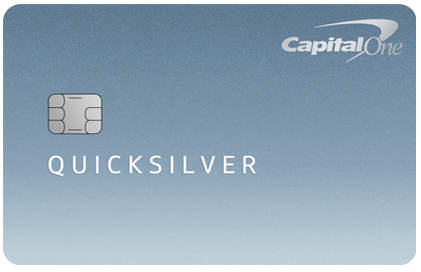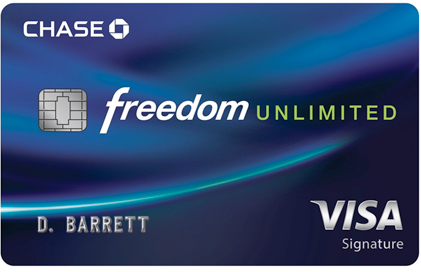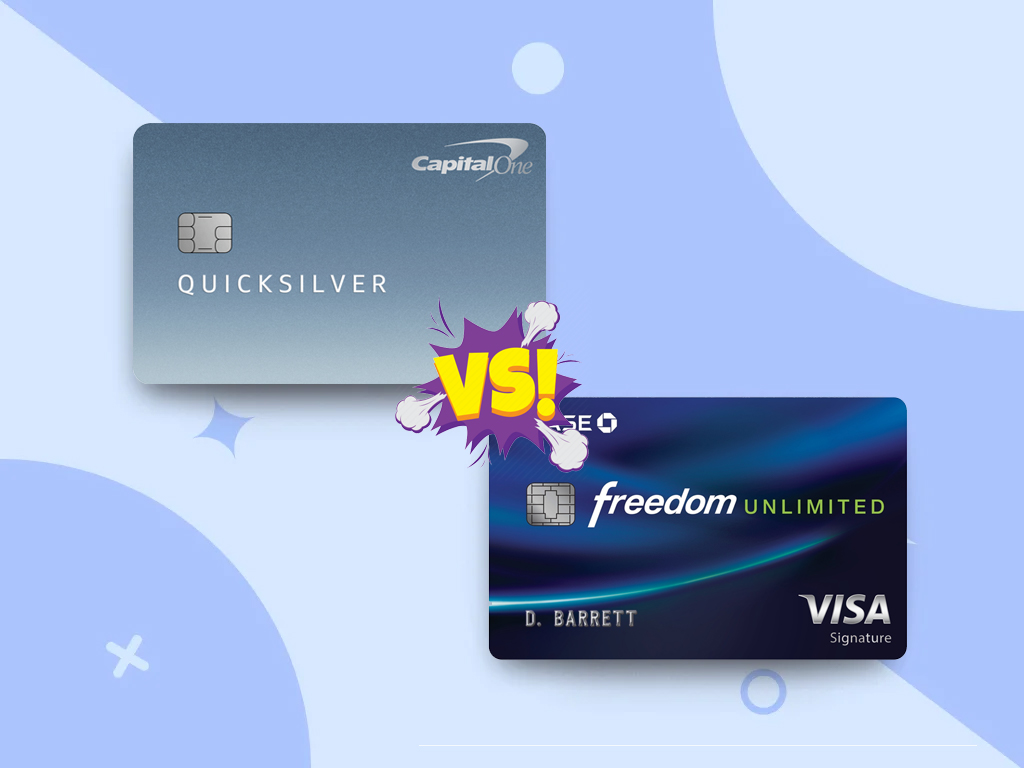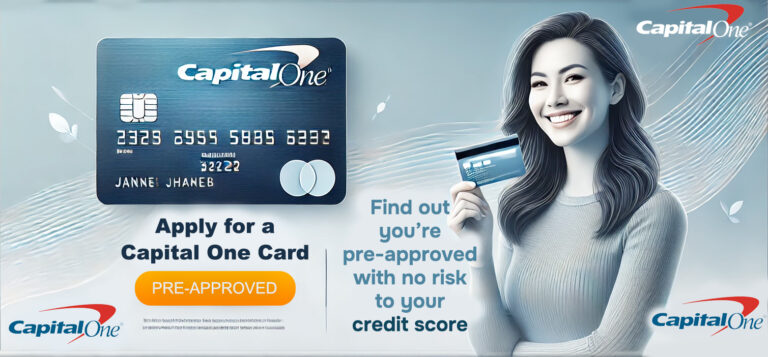When selecting a credit card, it’s essential to evaluate the features and benefits each card offers. Let’s compare the Capital One Quicksilver Cash Rewards Credit Card vs. the Chase Freedom Unlimited® card. Both are popular options for those seeking rewards on everyday spending but differ in key areas. Below, we’ll examine each card separately before offering a side-by-side breakdown.

Capital One Quicksilver Cash Rewards Credit Card
Rewards Program:
-
The Quicksilver card offers a straightforward 1.5% unlimited cash back on every purchase.
-
No rotating categories or quarterly activations required.
Sign-Up Bonus:
-
Earn a one-time $200 cash bonus after spending $500 on purchases within the first three months of account opening.
Annual Fee:
-
$0 annual fee.
Introductory APR:
-
Enjoy 0% APR on purchases and balance transfers for the first 15 months.
-
After the introductory period, the APR ranges between 19.99% – 29.99% variable, depending on creditworthiness.
Foreign Transaction Fees:
-
None. This makes the Quicksilver card an excellent choice for international travelers.
Additional Benefits:
-
Access to Capital One’s Travel & Entertainment portal for exclusive discounts.
-
No minimum redemption amount for cash back.
-
CreditWise®: Free credit monitoring and score updates.
Ideal For:
-
Individuals looking for a straightforward cash-back card with no annual fee and no foreign transaction fees.
-
Travelers and online shoppers who value simplicity and global usability.

Chase Freedom Unlimited®
Rewards Program:
-
The Chase Freedom Unlimited card offers a tiered rewards structure:
-
5% cash back on travel booked through Chase Ultimate Rewards.
-
3% cash back on dining and drugstore purchases.
-
1.5% unlimited cash back on all other purchases.
-
Sign-Up Bonus:
-
Earn an additional 1.5% cash back on all purchases (up to $20,000 spent) in the first year. This effectively gives you up to 6.5% on travel, 4.5% on dining and drugstores, and 3% on all other purchases during the promotional period.
Annual Fee:
-
$0 annual fee.
Introductory APR:
-
0% APR on purchases and balance transfers for the first 15 months.
-
Afterward, the APR ranges from 20.49% – 29.24% variable, depending on creditworthiness.
Foreign Transaction Fees:
-
3% of each transaction made in a foreign currency.
Additional Benefits:
-
Access to Chase Ultimate Rewards, where points can be redeemed for travel, cash back, gift cards, and more.
-
Purchase protection and extended warranty coverage.
-
Offers strong benefits when paired with other Chase cards in the Ultimate Rewards ecosystem.
Ideal For:
-
Shoppers who spend significantly on dining, drugstores, or travel.
-
Those who plan to leverage the Chase Ultimate Rewards platform for maximum value.
Side-by-Side Comparison
| Feature | Capital One Quicksilver | Chase Freedom Unlimited |
|---|---|---|
| Rewards Rate | 1.5% unlimited cash back | 5% travel (Chase portal), 3% dining/drugstores, 1.5% on all else |
| Sign-Up Bonus | $200 after $500 spent in 3 months | 1.5% extra cash back on up to $20,000 spent in the first year |
| Annual Fee | $0 | $0 |
| Intro APR | 0% for 15 months on purchases and balance transfers | 0% for 15 months on purchases and balance transfers |
| Regular APR | 19.99% – 29.99% variable | 20.49% – 29.24% variable |
| Foreign Transaction Fees | None | 3% |
| Unique Benefits | No minimum cash-back redemption, no foreign fees | Tiered rewards structure, Chase Ultimate Rewards |
Conclusion
Both cards offer strong benefits, but their value depends on your spending habits and preferences:
-
Choose the Capital One Quicksilver if you prefer simplicity, have regular international expenses, or want a flat 1.5% cash back rate without worrying about categories or portals.
-
Choose the Chase Freedom Unlimited if you spend heavily in bonus categories like dining and travel or want to maximize the benefits of Chase Ultimate Rewards for broader redemption options.
Ultimately, your choice should align with your financial goals and lifestyle. Evaluate your spending patterns to select the card that delivers the most value to you.

